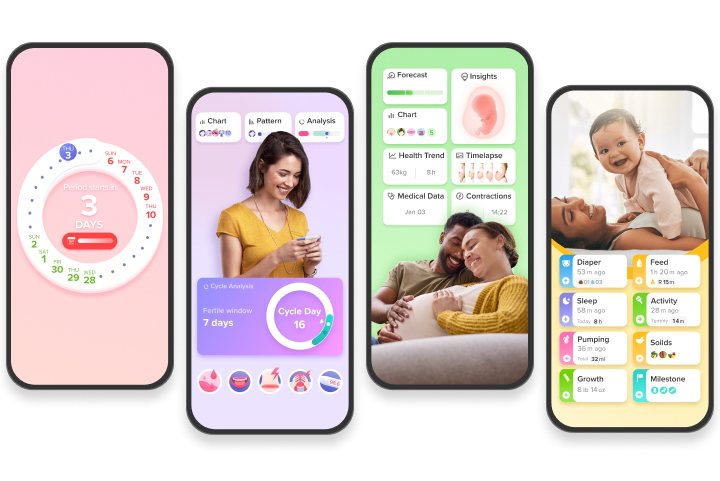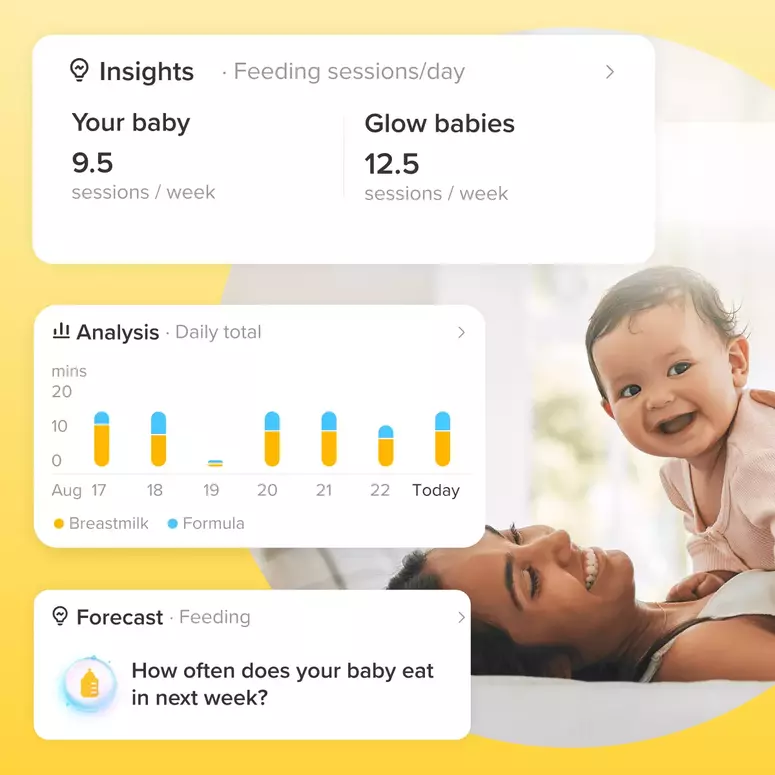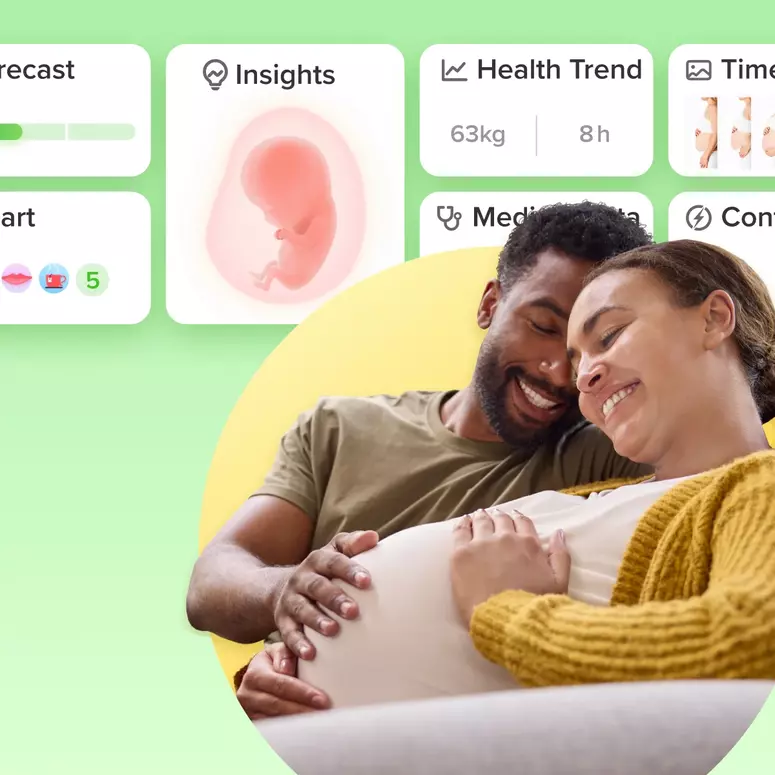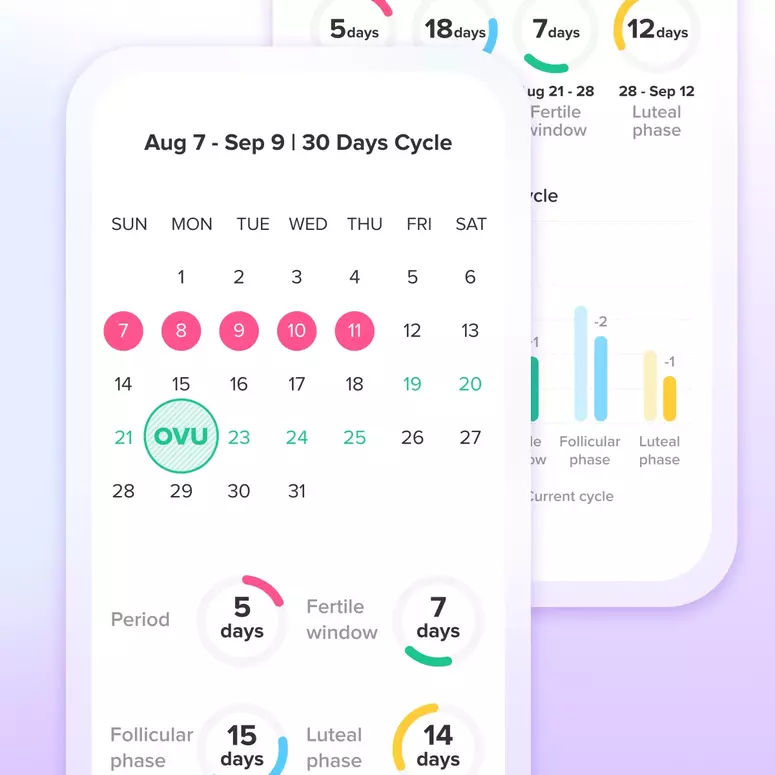Low AMH Fertility Testing Racket Debunked By Science! New Scientific research has found there’s NO correlation between a woman’s “ovarian reserve” test and her chances of getting pregnant. Women in their 30s and 40s get anxious about their dwindling p
Low AMH Fertility Testing Racket Debunked By Science!
New Scientific research has found there’s NO correlation between a woman’s “ovarian reserve” test and her chances of getting pregnant.
Women in their 30s and 40s get anxious about their dwindling prospects of getting pregnant have become a booming market for a new arm of medicine: fertility testing.
Thousands of women have flocked to have their “ovarian reserve” measured and have made major life decisions — like whether to try to have kids sooner — based on the results of these tests, which typically cost between $150 and $350. Ovarian reserve, or the number of eggs a woman has left in her ovaries compared to other women her age, was thought to be a key metric of reproductive capacity.
But a new study out in JAMA shows that these tests are often useless for many of the women to whom they’re marketed.
While ovarian reserve tests can still inform would-be moms about their chances of success at harvesting eggs for <a href="https://glowing.com/glow-fertility-program">egg freezing</a> or for <a href="https://glowing.com/glow-fertility-program">in vitro fertilization</a>, they are not necessarily a good predictor of a woman’s ability to conceive through sex. Getting pregnant ultimately depends on many, many complicated factors in both women and their partners — not simply how many eggs remain in a woman’s ovaries.
How fertility testing became a booming business
For the first time, more American women are having babies in their 30s than in their 20s — part of the gradual increase over the past four decades in the average age Americans becoming parents.
But getting pregnant in your 30s or 40s can also come with a lot of uncertainty about whether it’s even possible conceive, and how much time might be left before infertility sets in.
Researchers are debunking ovarian reserve testing for women with no history of infertility
But researchers are increasingly finding these tests are meaningless for predicting whether a woman will get pregnant — at least in women who have no history of infertility (the type of women these tests are marketed to).
For the new study in JAMA researchers tracked 750 women aged 30 to 44 years with no history of infertility. The women had their ovarian reserve tested using three common hormonal biomarkers of ovarian reserve — AMH, FSH, and inhibin B — in the blood and urine, and they were followed for up to a year.
The researchers thought women with “diminished ovarian reserve” would have a harder time getting pregnant. (Women are born with a set number of eggs that are released with each menstrual cycle and slowly die over time, a process that ends in menopause.)
But the researchers found there was actually no correlation between a woman’s egg stores and her ability to conceive. Women with a low AMH value or a high FSH reading — markers of diminished ovarian reserve — weren’t any less likely to eventually test positive on a pregnancy test than women with a normal AMH level.
In another trial, published in 2015, researchers looked at AMH levels as a marker for predicting fertility, and they also didn’t find any association.
A dreaded “diminished ovarian reserve” finding might push a woman to consider freezing her eggs, or to rush to get pregnant. A normal test result, on the other hand, might lead a would-be-mom to delay getting pregnant. Now, acting on these results appears to be misguided.
One good predictor of a woman’s ability to conceive: Your Age
So, if ovarian reserve isn’t a great predictor of fertility in women, then what is?
Age!
The good news is that a woman doesn’t suddenly become drastically less fertile at 35, even though the rhetoric around “geriatric pregnancies” by that age might suggest otherwise.
It’s much more of a gradual decline. Yes, your ability to become pregnant is slightly lower once you hit 36 or 37, and slightly lower at 38 or 39. But it’s not like someone drops off the cliff at age 35.
Let's Glow!
Achieve your health goals from period to parenting.




